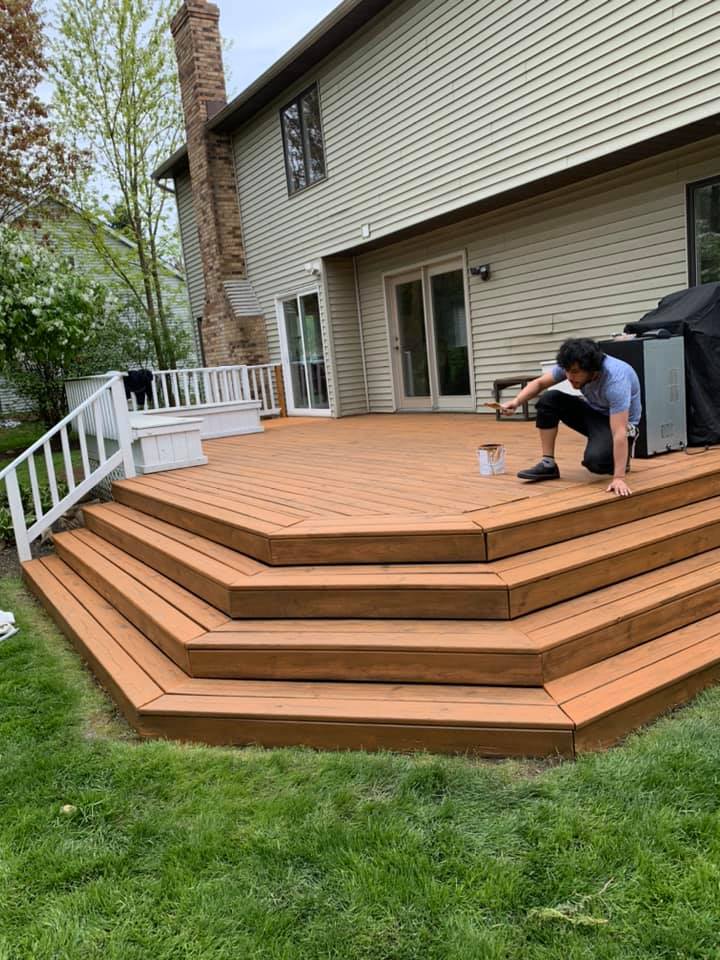
Choosing the Right Color Palette: Bringing Your Interior Design Vision to Life Oct 01, 2025
To start, consider the purpose of each room. A color scheme that works wonders in a living room may not have the same effect in a bedroom or kitchen. For areas of relaxation like bedrooms, soft, calming colors such as pale blues or light greens can create a serene environment. In contrast, a vibrant color like a bold red or a sunny yellow can energize a dining room or kitchen, encouraging conversation and liveliness.
Lighting plays a significant role in how colors are perceived, making it a crucial factor in your color palette choice. Natural light varies throughout the day, influencing the visual impact of your painted walls. During the day, you might observe a soft variance in your paint color with the changing sunlight, making it essential to test paint samples under different lighting conditions. In spaces with limited natural light, choosing lighter shades can help brighten and expand the room's appearance.
The overall design style you're aiming to achieve can also dictate your color palette. For instance, modern and minimalist styles often employ neutral tones such as whites, grays, and beiges, providing a clean and sophisticated backdrop for sleek furniture and modern art. Meanwhile, a more eclectic-style home could benefit from a mix of bold, contrasting colors that reflect its diverse influences and personal touches.
Moreover, harmony with existing elements in your home is crucial. Before committing to a color scheme, take a closer look at the furniture, flooring, and permanent fixtures. Select colors that complement these elements, ensuring a cohesive look. Consider using a color wheel to find complementary or analogous colors that align with your existing interiors seamlessly.
At Minka Painting, we recommend creating a focused color palette. Begin by selecting a dominant color that resonates with your theme. Then, add secondary and accent colors for depth. The 60-30-10 rule is a classic interior design principle that suggests using your dominant hue for 60% of the room (generally walls), a secondary color for 30% (furniture and upholstery), and an accent color (decorative pieces) for the remaining 10%.
Once you've explored your options and have a palette in mind, don't shy away from sampling it. Paint small sections in various spots around the room, observing them at different times and under various lighting conditions. This proactive approach ensures satisfaction with your choices and minimizes the stress of unexpected results.
In conclusion, choosing the right color palette can be an enjoyable and rewarding part of your home design journey. Understanding the interplay of colors, lighting, and style helps in making informed decisions that reflect your taste and aspiration. For personalized assistance and professional expertise in transforming your home, Minka Painting is here to help you achieve the perfect balance of color and design, turning your vision into reality.
/filters:no_upscale()/media/1b728dd0-3dbc-4f3b-87dd-2d6c099d2499.jpg)
/filters:no_upscale()/filters:format(webp)/media/12123cbb-af24-46dc-abd9-1c0d0a9939f6.jpg)